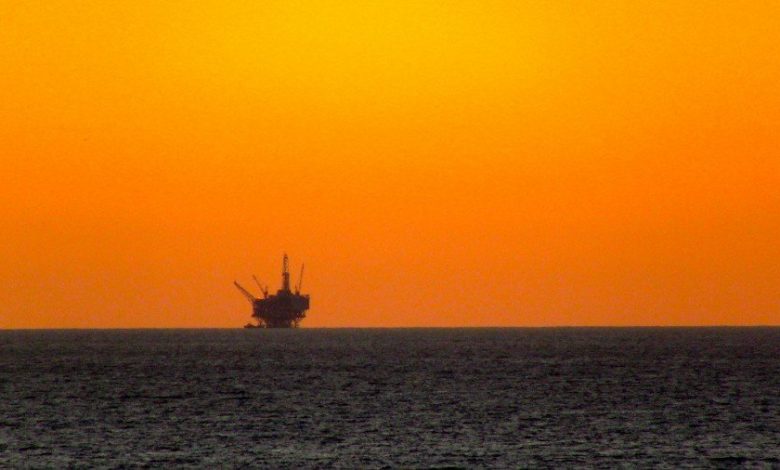Austerity drive

A year ago we were in a very different setting. Oil was hovering comfortably above $100 per barrel, new vessels a plenty were being ordered and delivered, China was getting its house in order on quality, and delivering fine vessels and the chartering (orderbook) was healthy.
Turn the clock forward one year and we are in a market no one (and I mean no one) would have envisaged.
With oil now hovering uncertainly at almost half last year’s levels, we seem to have become used to $55 a barrel with an expectation that we will not see much above $80 per barrel until maybe 2017 at best. Who knows, we may get a reverse shock, one can be ever hopeful.
The oil price shock has sent the oil companies into a spin. They have have cut the all-important capex by 15-44%. National oil companies (NOCs) capex cuts are as steep as the international oil companies (IOCs), the majors, with Indonesia (44%), China (30%), Brazil (28%) and Russia (21%) taking the brunt. Surprisingly Saudi Arabia is maintaining its capex spend but due to the lower oil prices is leaning on contractors to cut charter rates of OSVs by more than 20%.
People have been surprised at the NOC reaction and the fact they have moved to cut capex so quickly.
In most of the offshore sectors the focus has moved from deepwater to shallow water projects, which are easier to exploit with a massive move away from exploration and a strong focus on production. This has had a big impact on drillers who have been exposed to the global drilling rig market being on a downhill slope since early 2014 due to rig oversupply. The oil price collapse has compounded the situation. We are seeing drilling rig contracts terminated left right and centre, with, for the first time, drilling rigs now going to scrap. Utilisation of drilling rigs has plummeted globally.
Those service companies that support production related activities are faring better than most.
Deepwater is however not completely dead. Deepwater activity is highest in Africa with development still ongoing in Brazil. Selected deepwater fields continue to be developed. IOCs are selectively pursuing deepwater projects. The projects remaining in favour are subsea tiebacks to existing production hubs, due to the lower capex needed for field development. IOCs expect deepwater development costs to drop by 20-30% over the next 18-24 months. The deepwater sector has become hamstrung by massive increases in costs in recent years. These costs must be brought into line for this industry to survive.
Globally, the oil and gas industry faces stock erosion, poor earnings and access to funding becoming a particular struggle. As mentioned above, it’s not just about the cost of oil and cutbacks that is effecting the business but the industry (as a whole) really needs to get its head around costs. Offshore construction work costs are just too high and even with oil above $100 per barrel the IOCs were still not making money.
An austerity drive now permeates across the entire offshore industry – among oil companies, service providers and shipyards.
This article first appeared in the most recent issue of Maritime CEO magazine which readers can access for free by clicking here.

I endorse Mike’s comments about the failure of the offshore sector to get a real grip on costs. Real cost control seems never to have been a part of the “culture” – perhaps this goes right back to the early days of the Good Ole Boys.
I’d be interested in Mike’s opinion on the feasibility of laying up the various categories offshore oil support vessels and rigs, as that will affect how the supply side of the equation goes.
Andrew
We are seeing some realism from the drillers already with respect to layups and even scrapping ( Transoceanic leading the way ).
The GOM group and the Norwegians have been quick to lay up, even new equipment. One issue is not only is the sector overbuilt but a lot of the newer vessels are way above specs needed to do the job.
One other issue we are still not seeing enough attrition at the bottom ( older ) end of the market
Mike,
I agree about the “over-speccing” of a lot of equipment – this seems to me to have a lot to do with charterer’s “beauty parades”, in which the charterer selects the toy with the most bells and whistles. Owners will build equipment that is far above what is needed because they know this gets them work.
There is a perverse logic to this – nobody ever wants a fuel efficient supply boat, because if the oil price is high, the charterers are making money and theydon’t care, and if the oil price is low – the fuel is cheap and the charterers don’t care! You and I will remember what happened to the excellent North Sea boat company that did build a fleet of “more intelligent” fuel efficient PSV’s!
That attrition will surely come soon
The light displacement tonnage of a rig may be significant, but the value of scrap in a PSV or a DSV is rather small!